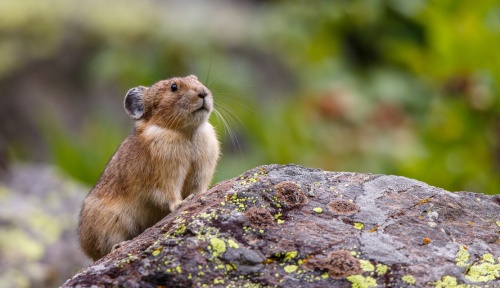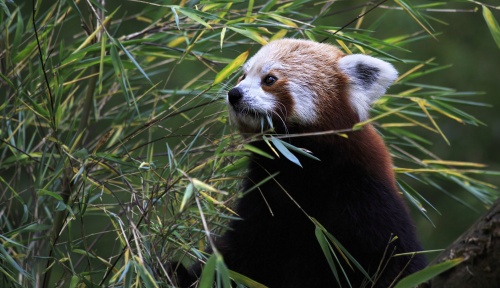25 Feb 2022
Many plants require the help of animals such as bees, birds and bats to transfer their pollen between plants for reproduction. As a result, each plant species usually features adaptations that allow only their favoured type of animal to collect and spread their pollen. Sometimes, however, a plant species may change the type of pollinator they use over the course of evolution. The reasons for these changes are often unclear.
An international team of researchers from the University of Bonn and Xi’an Jiaotong-Liverpool University have recently published a study in the journal Ecology and Evolution that suggests there is more to these changes in pollination method than previously thought. They also offer an explanation for why plants may switch from bee to bird pollination.
Unexplained changes
When a plant evolves with changes to its pollination method, this can often be explained by pressures placed on the plants by the location.
“It was previously assumed that plants switch their pollinator group from bees to birds when the activity, and thus the pollination efficiency, of bees is too low or unpredictable,” says Dr Stefan Abrahamczyk of the Nees Institute for Plant Biodiversity at the University of Bonn in Germany.
Forests in tropical mountainous regions, for example, are usually too humid or have temperatures that are too cold for bees. Over time, this lack of efficiency in bee pollination may cause a plant to switch to bird pollination. However, some examples of pollination-evolutionary changes cannot be similarly explained as they happen in areas where bees are abundant.
Increased reproductive success
The researchers, led by Dr Abrahamczyk, studied the reproductive systems of three pairs of very closely related (sister) species of plants, where one species had evolved to be pollinated by hummingbirds, the other by bees. They did a series of pollination studies to understand what advantages the differing pollination methods may give the plants and why the switch from bee to hummingbird pollination may occur.
They found that seeds from hummingbird-pollinated plants had higher germination rates than those from bee-pollinated plants. This difference was particularly noticeable in species whose flowers could not be fertilised with pollen from another flower on the same plant (self-pollination).
The group suggested that this increase in reproductive success is because hummingbirds travel over longer distances to collect their pollen. They tend to visit different plants rather than first feeding on all the flowers of a single plant, increasing the chan
ces of cross-pollination between plants. On the other hand, bees have smaller areas of activity and tend to visit many flowers on the same plant before moving on. Therefore, pollen on bees is likely to transfer to flowers on the same plant, increasing the chances of self-pollination. To support this explanation, the team found that the seeds from cross-pollinated fertilisation had higher germination rates than those that were self-pollinated in both bird and bee-pollinated plants.
“From these results, we can conclude that hummingbird pollination evolved in populations of bee-pollinated species that are particularly dependent on cross-pollination, i.e. cannot self-pollinate,” Dr Abrahamczyk says.
Efficient use of pollen
The study’s findings also pointed towards hummingbird pollination offering more efficient fertilisation and less waste of pollen than bee pollination. All the pollen that hummingbirds collect is used to fertilise plants. In contrast, bees groom their bodies during flight and roll some of the pollen into pellets (they have specialised organs for this called pollen baskets) to feed their larvae. As a result, hummingbird pollination leads to increased chances of reproductive success, which could be a further reason for a plant’s change to hummingbird pollination.
“These newly gained insights can also be applied to the evolution of other pollination systems, such as bat or moth pollination,” Dr Abrahamczyk says.
Although further tests are needed to confirm this explanation of the pollination-system evolution, this study offers a deeper understanding of plant-pollinator interactions.
The study is ‘Influence of plant reproductive systems on the evolution of hummingbird pollination’ and can be read here.
By Catherine Diamond
Edited by Patricia Pieterse

Infographic: Switching it up: why some plants prefer hummingbirds to bees
25 Feb 2022
RELATED NEWS

The Conversation: Creature that inspired Pikachu is being blamed for an ecological crisis – but it may be innocent
Known as the water tower of Asia, the Tibetan Plateau is where the mighty Yellow, Yangtze and Mekong rivers begin as tiny trickles. The plateau is also s...
Learn more

China’s wildlife food ban is vital for public health and threatened species – our research reveals what must happen next
World leaders are attending an online summit to discuss the future of life on Earth. With one million species threatened with extinction this century, th...
Learn more







